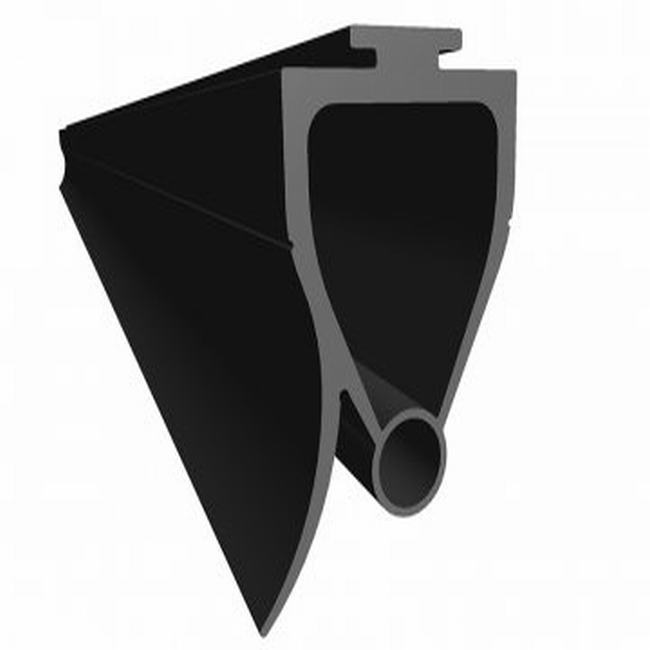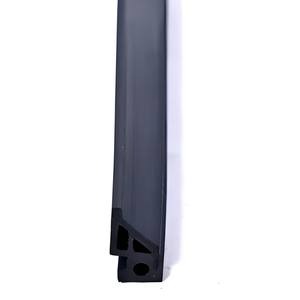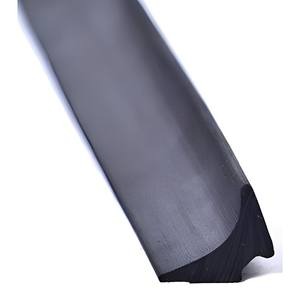Automatic door seals, also known as automatic door bottom seals or drop-down seals, are specialized sealing mechanisms used in automatic or sliding doors. These seals serve several essential functions, including providing airtight and watertight seals, reducing energy loss, enhancing security, and preventing the entry of drafts, dust, noise, and pests. Here’s more information about automatic door seals:
Key Features and Functions:
- Automatic Operation: Automatic door seals are designed to operate automatically when the door is closed or activated. They are often linked to the door’s closing mechanism, ensuring that the seal is engaged whenever the door is shut.
- Adjustable Drop Mechanism: These seals typically feature an adjustable drop mechanism that allows the seal to drop and create a tight seal when the door is closed, and retract when the door is opened.
- Sealing Material: The sealing element of automatic door seals is usually made of a flexible and compressible material, such as neoprene, silicone, or rubber. This material conforms to irregularities in the floor, creating an effective seal.
- Energy Efficiency: Automatic door seals help improve energy efficiency by preventing air leakage, which reduces heating and cooling losses. This is especially important in buildings with HVAC systems.
- Soundproofing: Some automatic door seals are designed to provide sound insulation, reducing the transmission of noise between rooms or from the outside environment.
- Water and Moisture Resistance: In addition to preventing drafts, automatic door seals also serve as a barrier against water infiltration, which is crucial for preventing water damage and maintaining indoor comfort.
Applications:
Automatic door seals find applications in various settings, including:
- Commercial Buildings: They are commonly used in commercial spaces, such as offices, hotels, and retail stores, where maintaining a comfortable indoor environment and minimizing energy costs are priorities.
- Hospitals: In healthcare facilities, automatic door seals help maintain sterile environments by preventing the entry of contaminants and maintaining proper air pressure in isolation rooms.
- Homes: In residential settings, automatic door seals are used in exterior doors to enhance energy efficiency and comfort.
- Hotels: They are employed in hotels to improve guest comfort and reduce noise transmission between rooms and corridors.
- Sound Studios: Automatic door seals are utilized in sound studios and recording spaces to minimize sound leakage and create soundproof environments.
Advantages:
- Energy Savings: Automatic door seals contribute to lower energy bills by reducing the amount of heated or cooled air escaping from a building.
- Improved Comfort: They enhance indoor comfort by preventing drafts and maintaining stable indoor temperatures.
- Security: Automatic door seals can enhance security by sealing gaps and preventing unauthorized access.
- Reduced Noise: In addition to sealing against drafts, they can also reduce noise transmission, creating quieter indoor environments.
Maintenance:
Maintenance for automatic door seals primarily involves routine inspection for wear and tear. The sealing material may need replacement over time if it becomes damaged or loses its effectiveness. Lubrication and cleaning of the drop mechanism and moving parts may also be necessary to ensure smooth operation.
In conclusion, automatic door seals play a critical role in maintaining the energy efficiency, comfort, and security of buildings with automatic or sliding doors. They are versatile and can be applied in various settings to create airtight, watertight, and soundproof seals while operating automatically to provide convenience and efficiency. Regular inspection and maintenance are essential to ensure they continue to function effectively.







